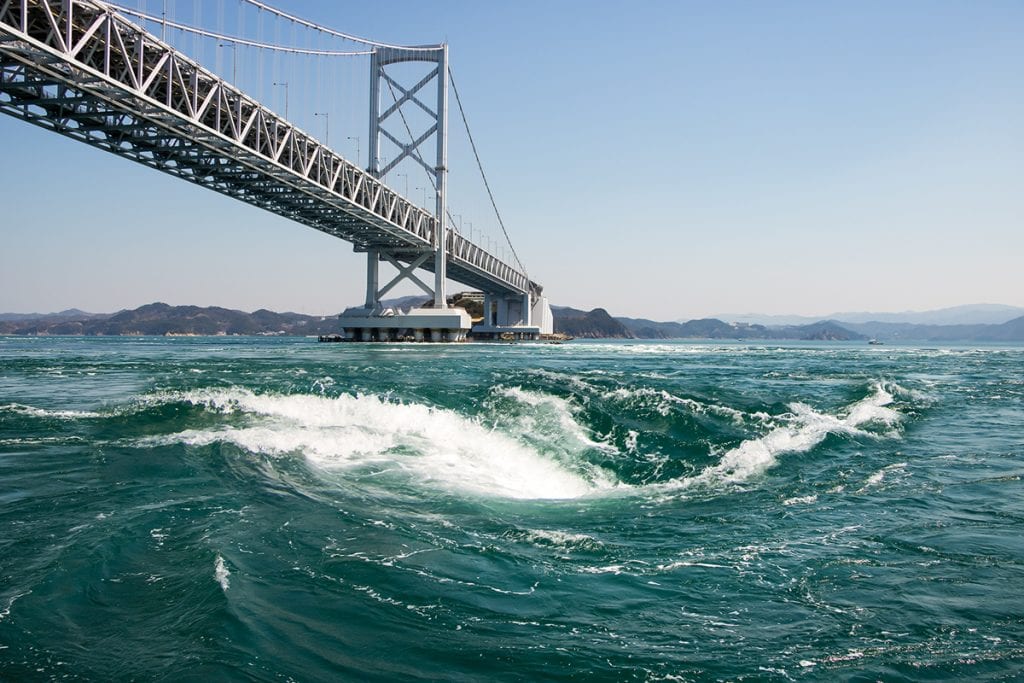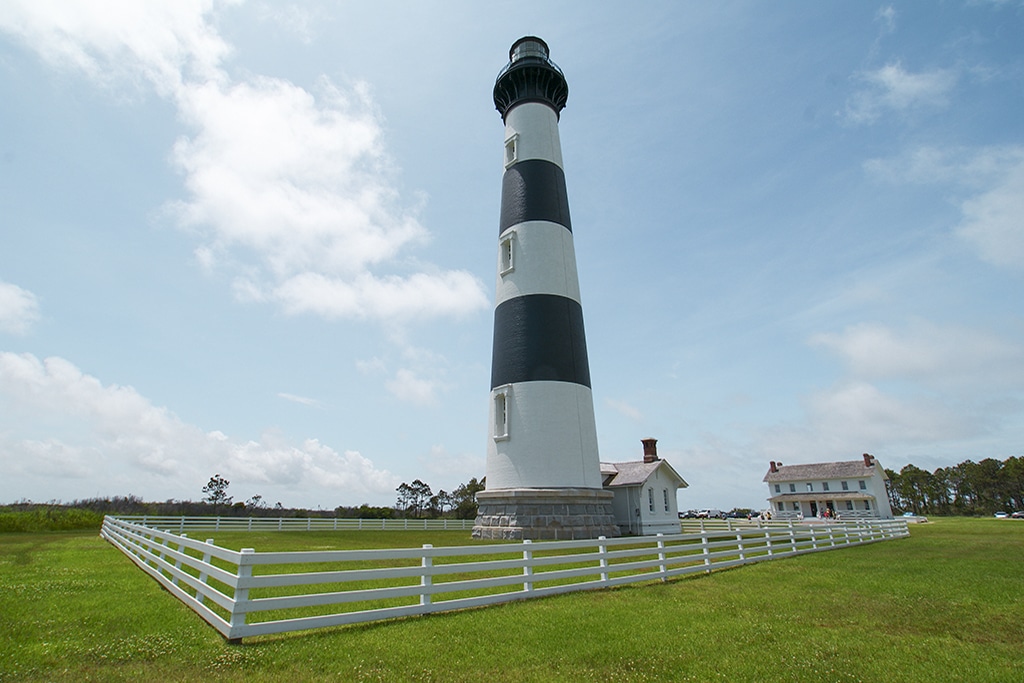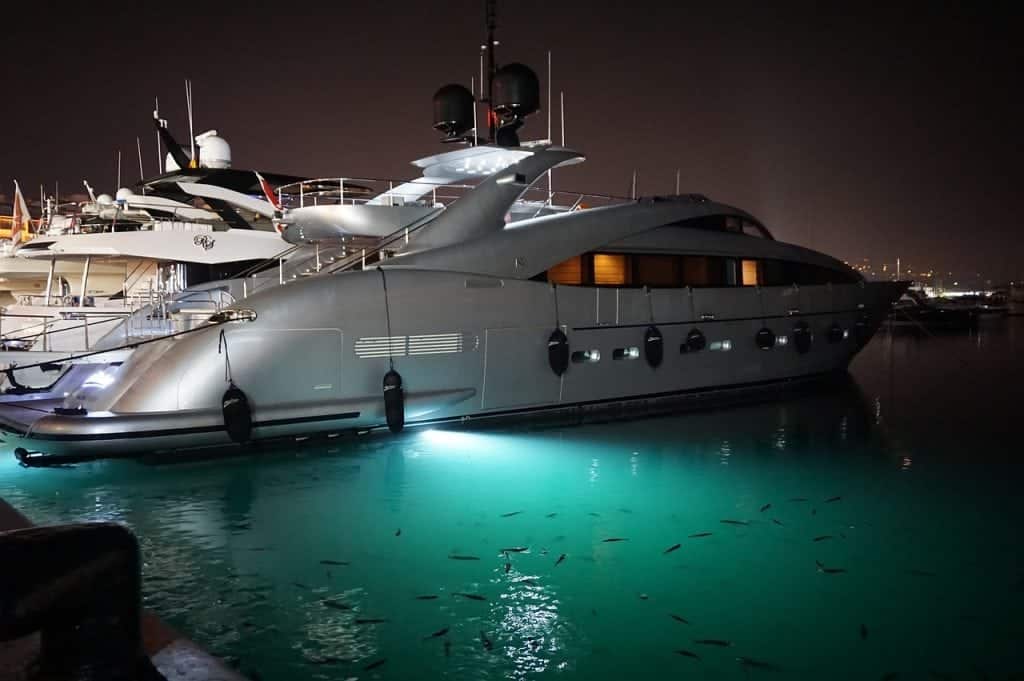Whirlpools and Maelstroms
The myths and realities of whirlpools and maelstroms
Violent maelstroms capable of pulling large ships under with all on board lost have been described in literature written by the likes of Edgar Allen Poe, Jules Verne and Gore Verbinski, who directed Pirates of the Caribbean.
But do such monstrous whirlpools really exist?
Well, yes and no.
In previous articles, I’ve discussed vortices in the ocean from huge gyres that cover an entire ocean basin to smaller, but still significant, eddies that break off from major ocean
currents and are hundreds of miles across. Just like the atmosphere has smaller vortices such as tornadoes and waterspouts, so do bodies of water. Wherever water is moving,
you will see vortices. Some are very small, only inches or a few feet across, and dissipate quickly. But larger ones can persist for some time and have significant water flows involved.
A whirlpool is a spinning, circular mass of water. Besides moving either clockwise or counterclockwise, the water flow tends to move inward toward the center of circulation.
Objects within the circulation are pulled toward the center of the whirlpool where there is often a depression in the water level. For stronger vortices, this can extend downward some distance below the water surface and is capable of pulling objects under water. The largest and strongest whirlpools are called maelstroms, derived from the early modern Dutch words maalen (whirl) and stroom (stream).
How do they form?

Underwater topography is a major factor in many of the world’s largest whirlpools. Even rip currents can occasionally form whirlpools just offshore. Whirlpools are often caused by tidal flows. These flows can become quite strong during the peak of tidal reversals.
Riptides are strong currents formed when rising or falling tidal flows are constricted typically by jetties, sea walls or the natural topography of an inlet, and strong whirlpools
can develop. On a larger scale, tidal flow constricted by topography has produced the world’s strongest maelstroms.
Whirpools of the World
Around the world, there are a number of extremely strong whirlpools or maelstroms that have gained recognition. Off the northwest coast of Norway, between the islands of Moskenesy and Mosken in the Lofoten Islands, is a particularly dangerous stretch of water where tides produce a strong whirlpool that was christened the Maelström many years ago. This was the whirlpool that Poe, Verne and Melville referred to and is probably the first maelstrom written about with references dating back to 1550.
The title “strongest maelstrom in the world” goes to the Maelstrom of Saltstraumen, which is also off the north coast of Norway. The strongest tidal current in the world,
measured at 25 mph, occurs here. Even larger ships have to wait until the tidal surges abate before they traverse this dangerous passage. The largest whirlpool in the western hemisphere is called the Old Sow and is found in Passamaquoddy Bay between Maine and New Brunswick, Canada. A tremendous tidal flow between Passamaquoddy Bay and the Bay of Fundy is funneled through the Western Passage at great speeds. The underwater topography creates a huge whirlpool off the southwest coast of Deer Island.
The Old Sow Maelstrom
The Old Sow has a diameter of 250 feet, a vertical drop of 12 feet into its center and produces swells up to 20 feet high. Its name was derived from the “sucking” noise generated by the eddy, which apparently reminded some of a sough, a type of underground drain in the mining industry. Over time, its spelling was changed to sow because of the numerous “piglets” or smaller whirlpools surrounding it.
These maelstroms and some others are so famous that they have become tourist attractions. Visitors can board a boat and view these natural wonders from a safe distance. On a more transient basis, maelstrom-size whirlpools often occur with significant tsunamis. The disastrous tsunami that occurred in Japan after an 8.9-magnitude earthquake in March 2011 produced an enormous whirlpool in a harbor off the east coast of that country. Similar occurrences have been documented with other major tsunami events. The rapid flow of water interacting with the ocean bottom is the likely cause.
Danger, Stranger
How dangerous are whirlpools and maelstroms? They are certainly not as potent as described in the literature works by the authors mentioned above and they can’t suck large ships down under the sea, but even large ships try to avoid the stronger maelstroms when the tidal flows produce the worst turbulence. Certainly, smaller boats are more affected; loss of control is possible, grounding and capsizing can happen, and anyone in the water is certainly at risk. Drownings have occurred.
The best thing to do is to avoid whirlpools. Nautical charts have a specific symbol for eddies (a small swirl), and you’ll see them in areas where they are common. You can mark these on your navigation chart or even set up a warning alarm on your GPS if you get close. If your boat is trapped in a whirlpool, maneuver to the outer edge of the vortex in the flow’s direction and thrust your way out.
By Ed Brotak, Southern Boating
April 2019













